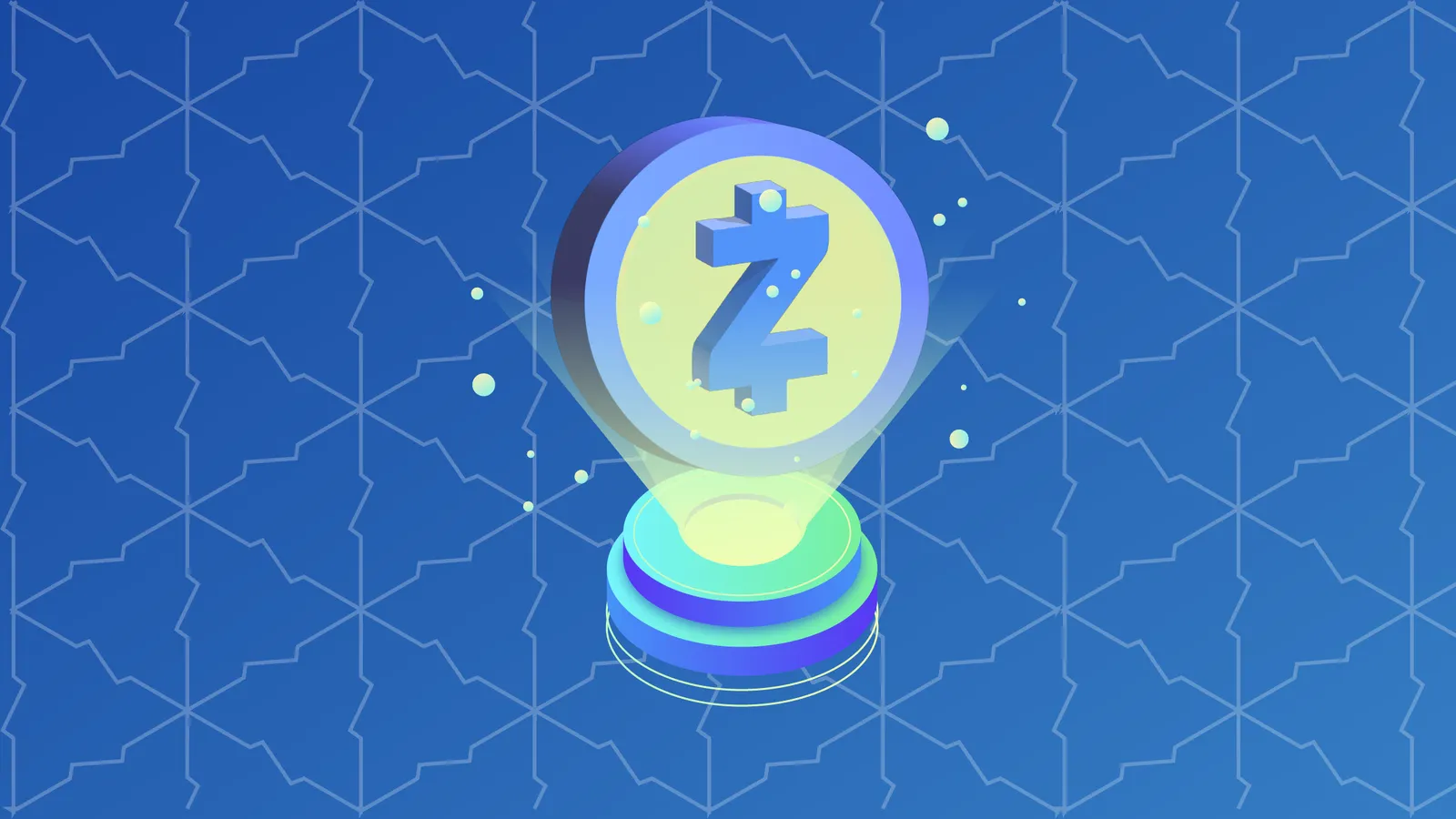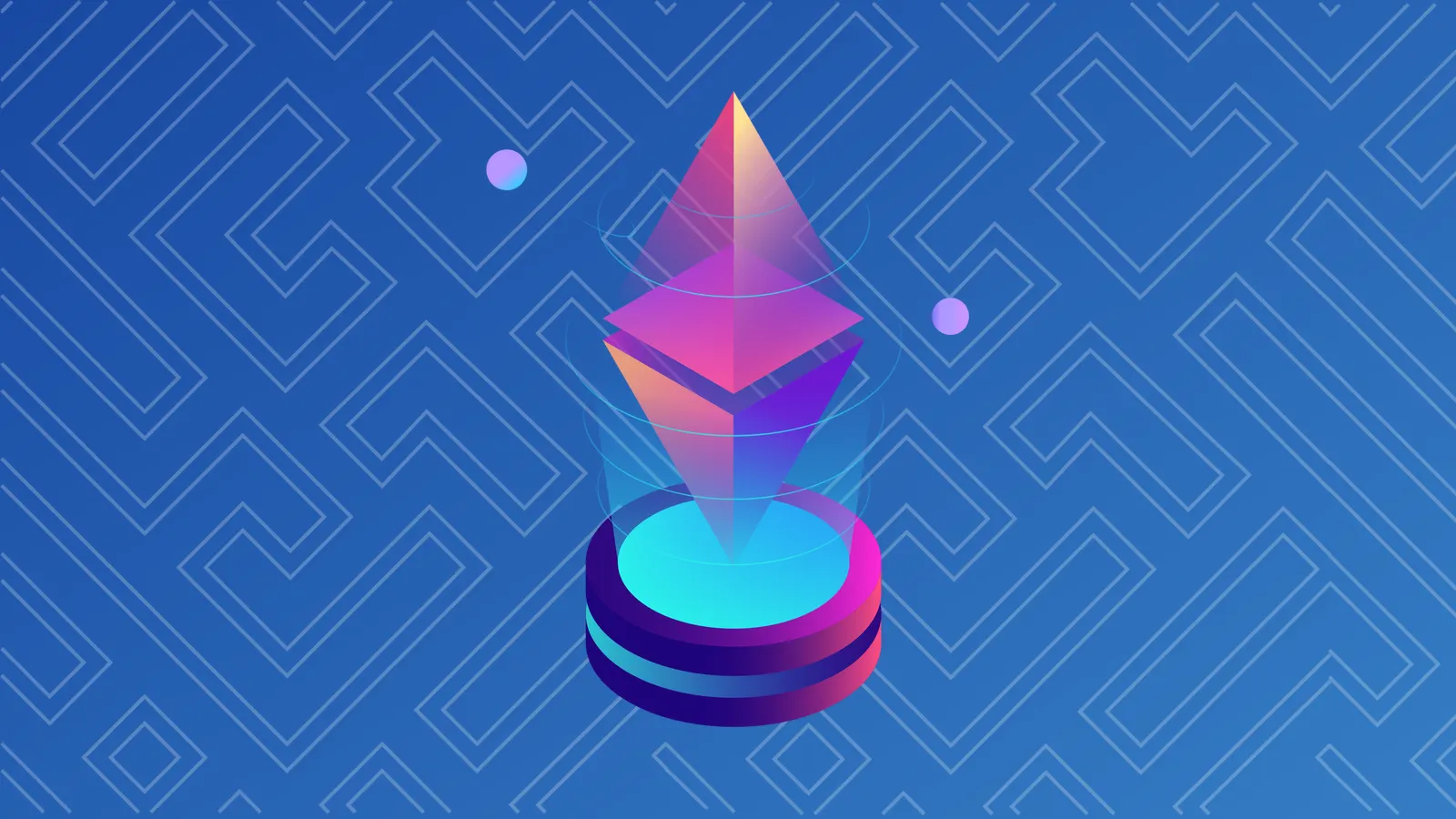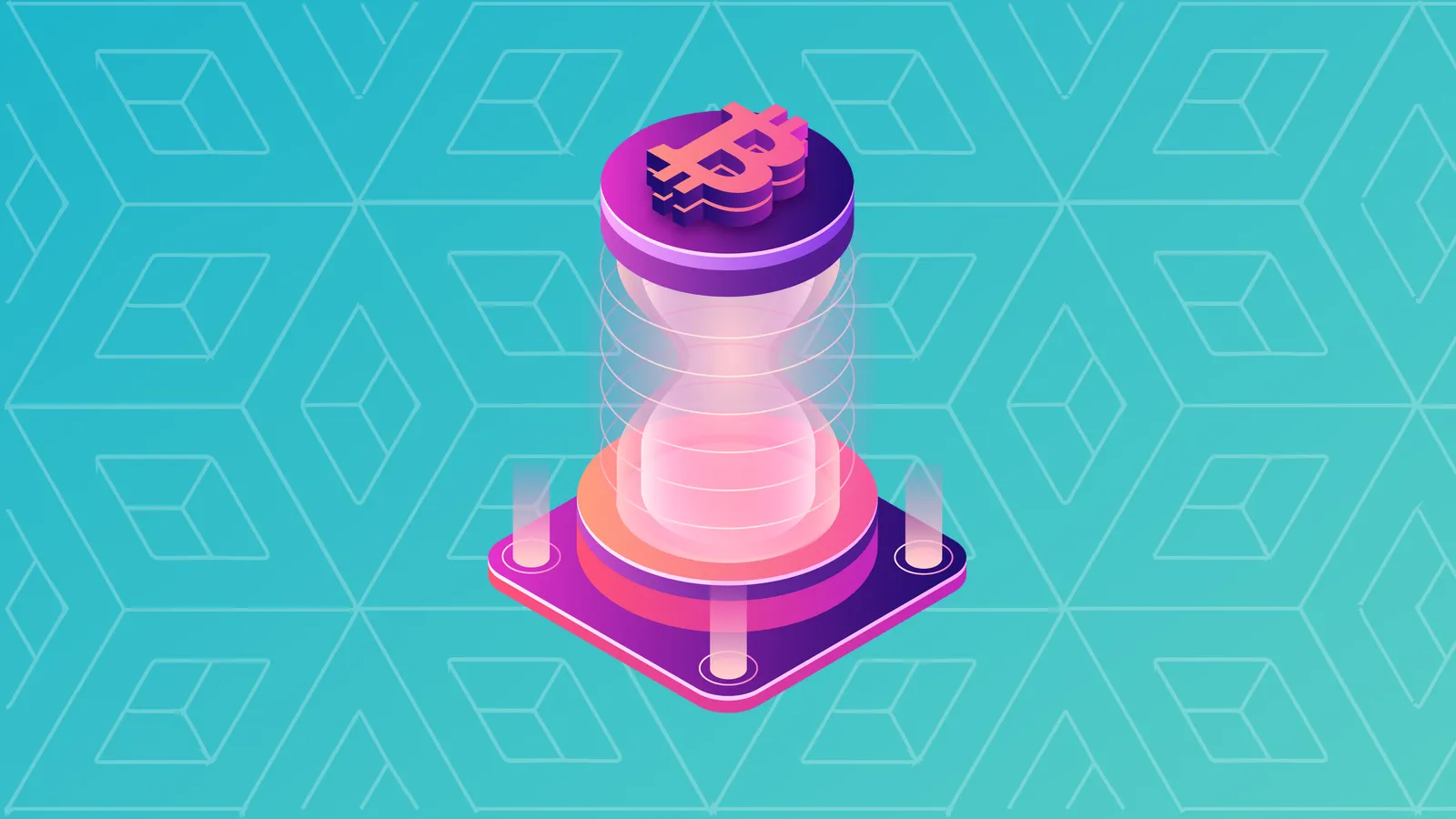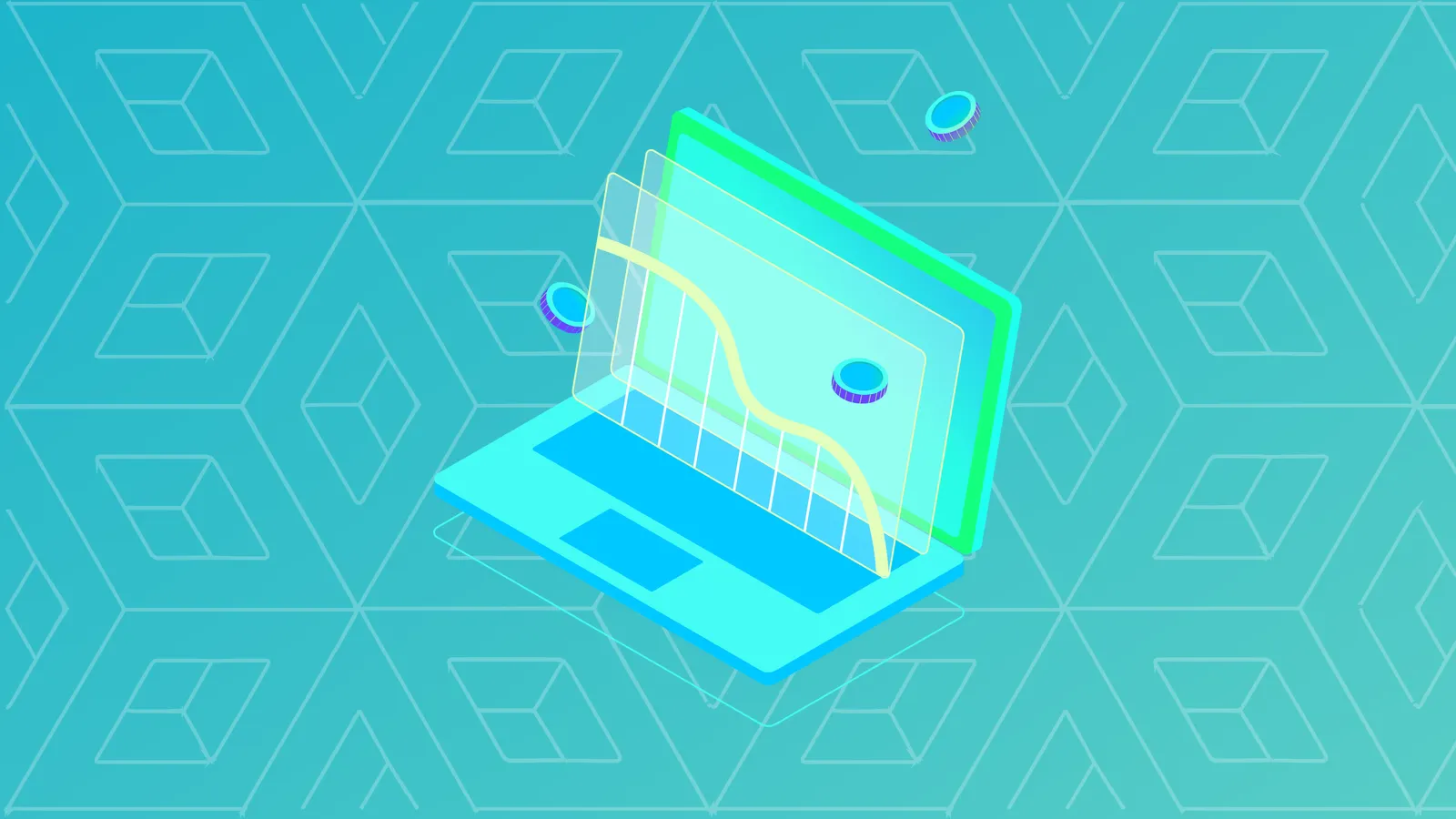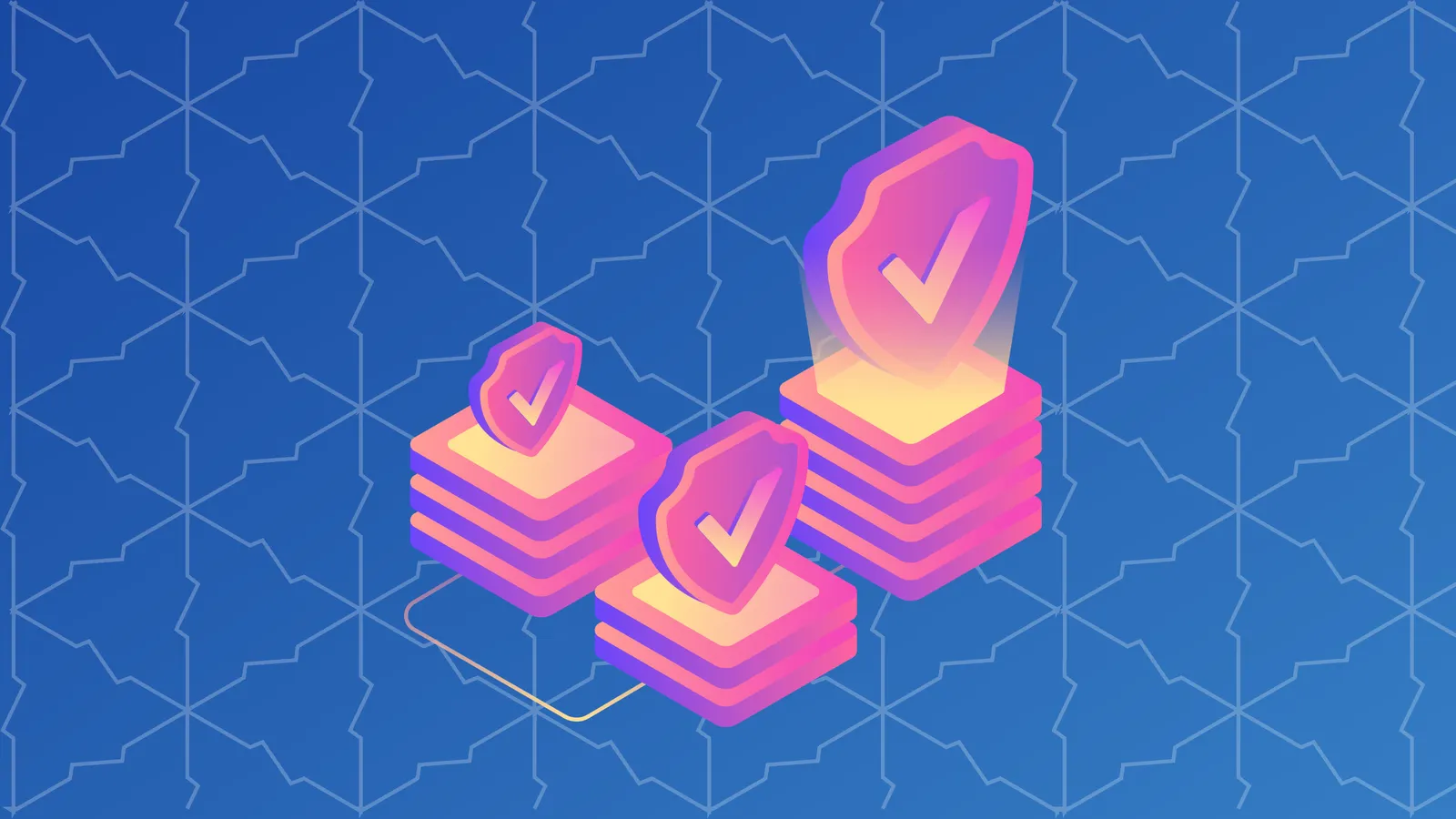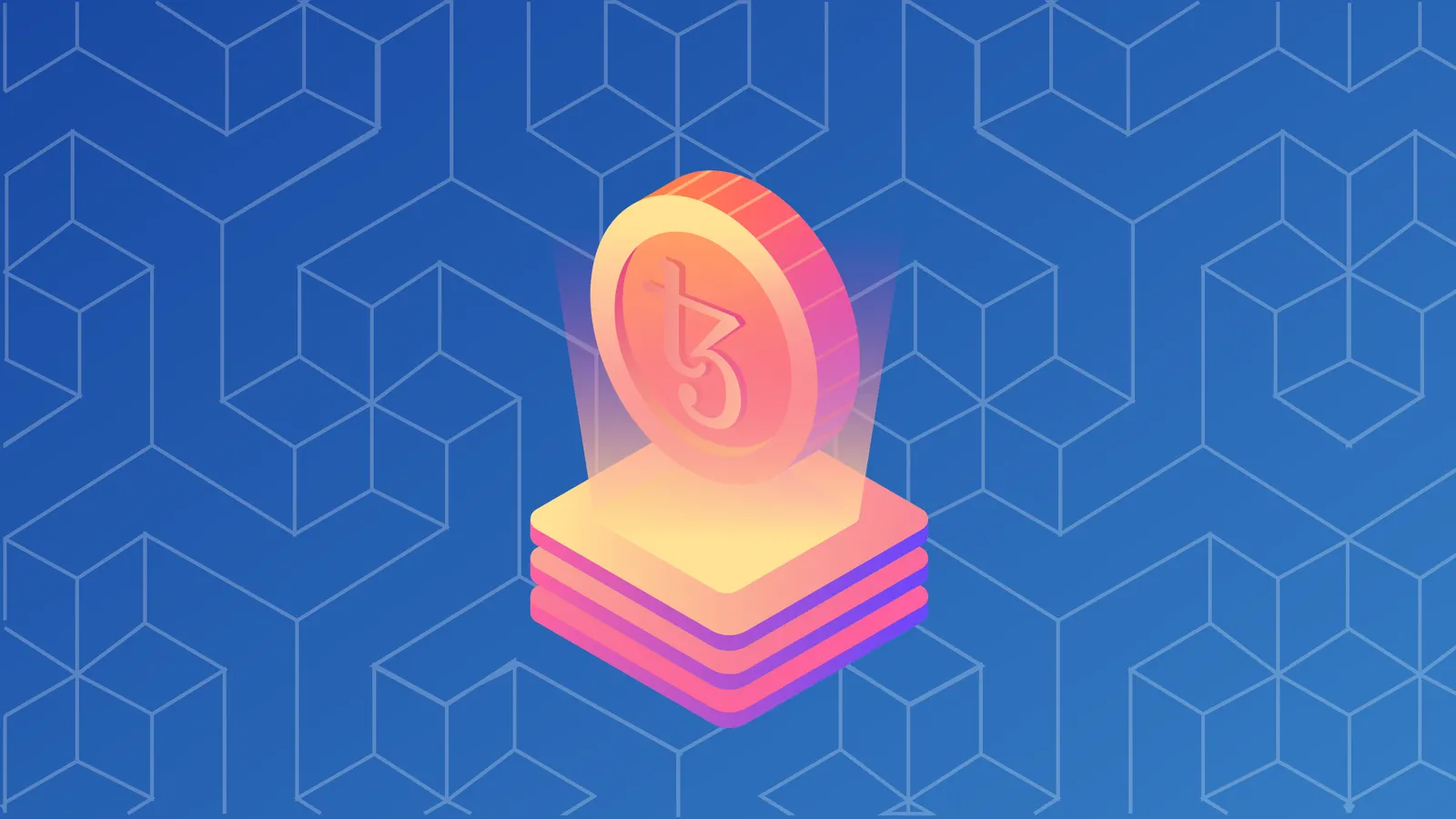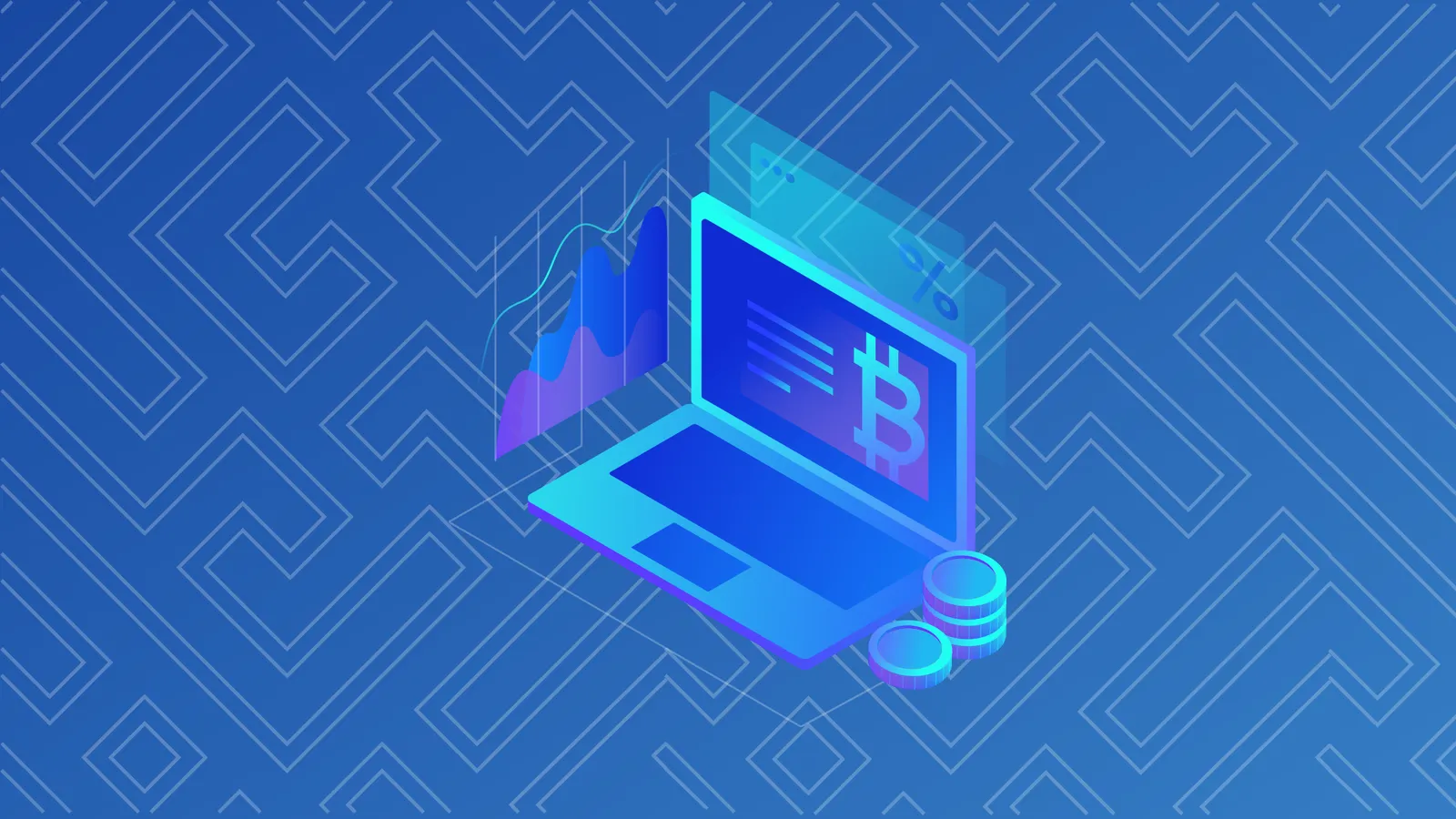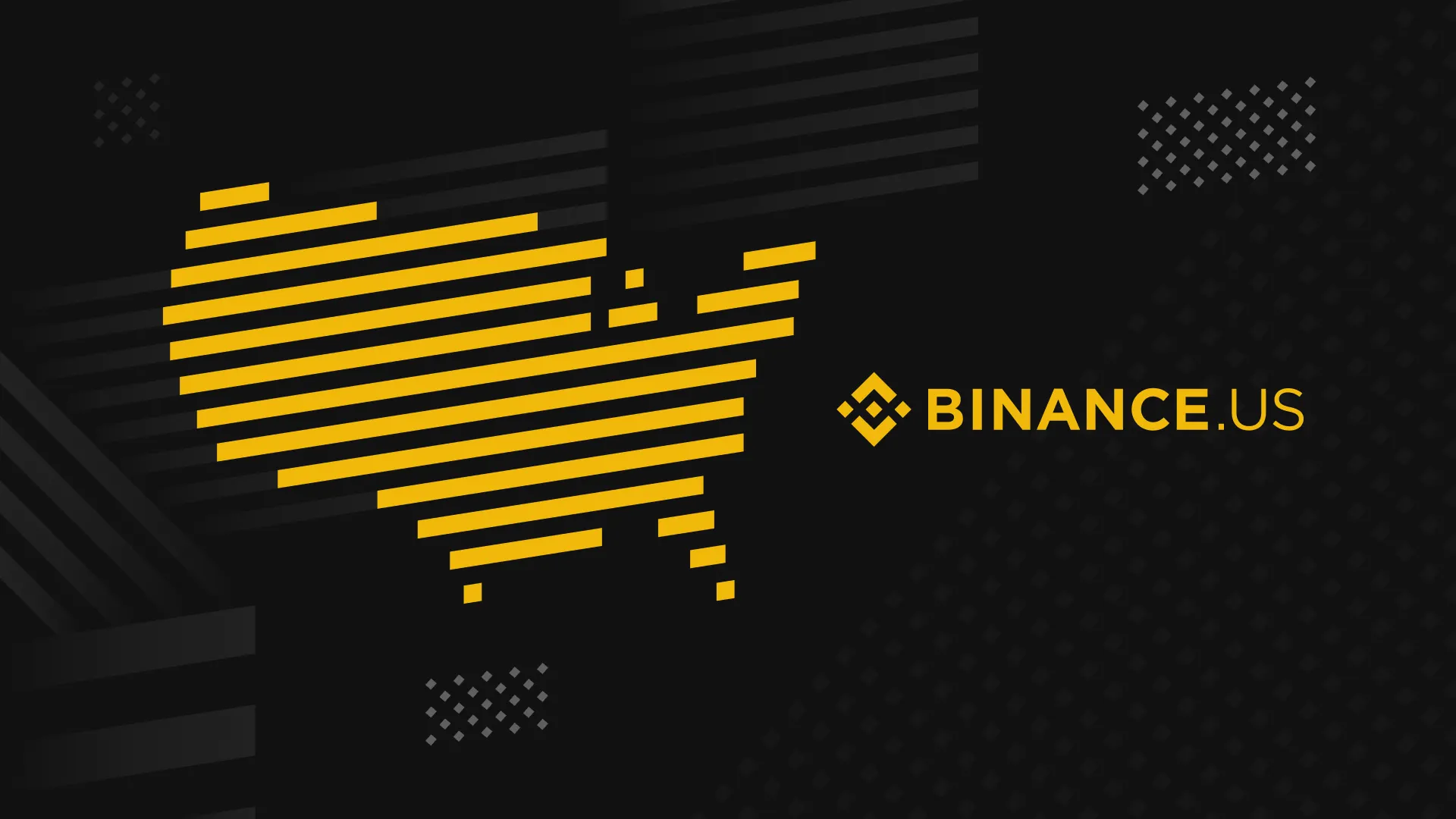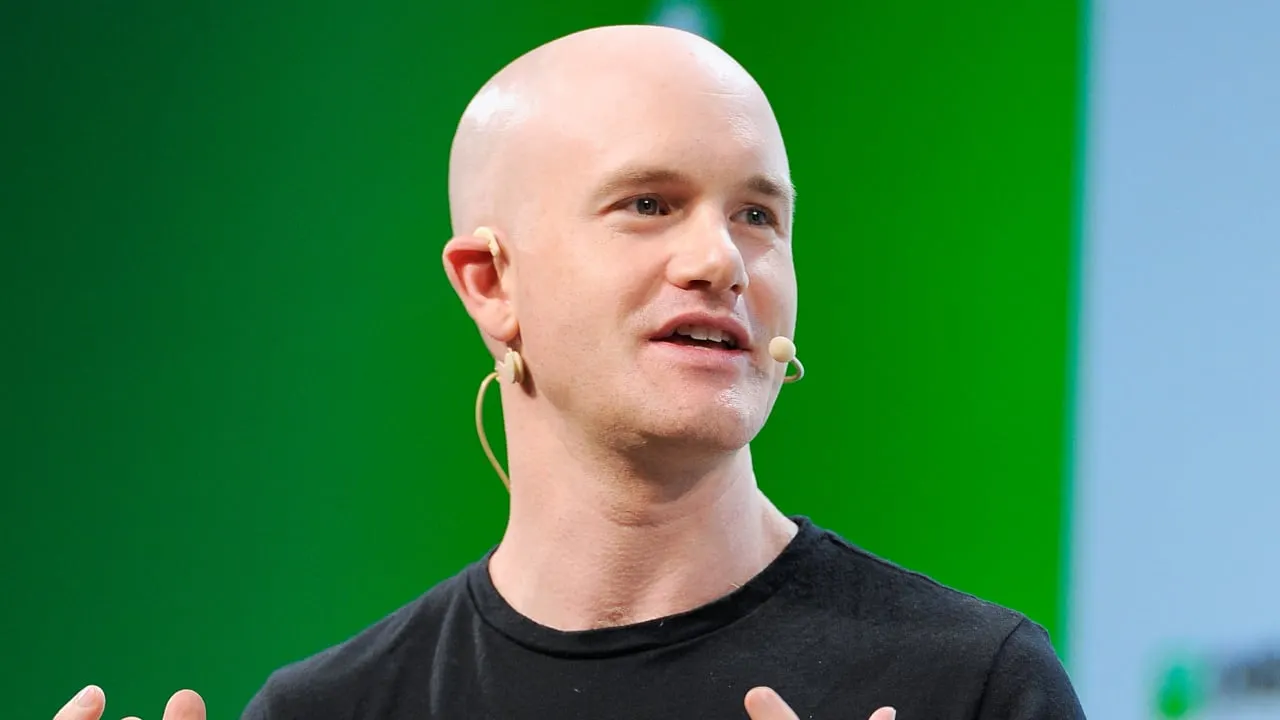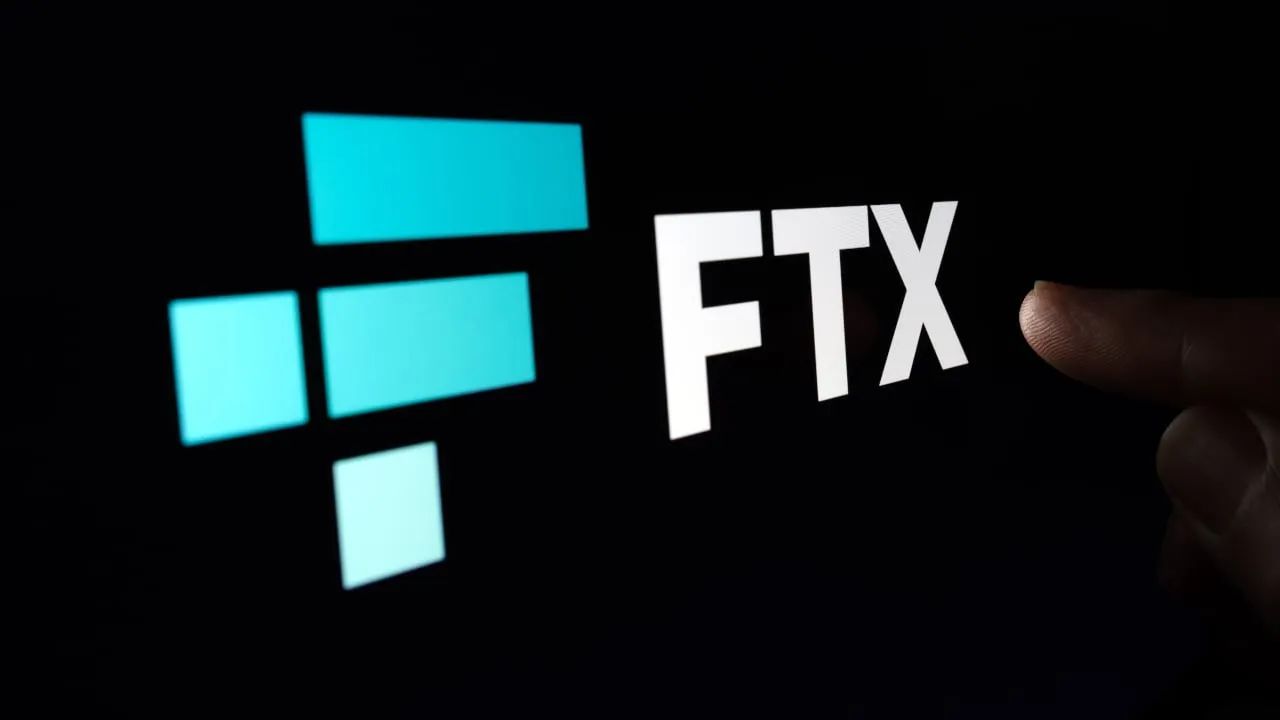Coin Prices
BTC
$89,735.00
0.35%ETH
$3,043.71
-0.09%XRP
$2.03
0.02%BNB
$889.80
-0.52%USDC
$0.999812
0.00%SOL
$131.44
-0.64%TRX
$0.285988
-0.56%STETH
$3,042.60
-0.15%DOGE
$0.137723
-1.53%ADA
$0.415565
0.35%FIGR_HELOC
$1.029
0.00%WBT
$60.38
-0.26%WSTETH
$3,720.54
0.05%BCH
$589.36
-0.01%WBTC
$89,558.00
0.27%WBETH
$3,298.51
-0.15%USDS
$0.999762
0.06%LINK
$13.61
-2.57%BSC-USD
$0.999652
-0.06%LEO
$9.72
1.39%WETH
$3,041.78
-0.12%HYPE
$29.34
-5.83%WEETH
$3,294.26
-0.11%XLM
$0.235932
-1.84%XMR
$362.97
-8.00%USDE
$0.999176
-0.02%CBBTC
$89,683.00
0.29%LTC
$81.05
-0.84%SUI
$1.57
1.19%AVAX
$13.38
-0.31%HBAR
$0.1312
-1.89%ZEC
$336.51
0.91%SHIB
$0.00000832
-1.23%SUSDS
$1.078
0.01%WLFI
$0.148187
-2.15%USDT0
$0.999272
-0.07%TON
$1.63
1.85%PYUSD
$0.999946
0.02%CRO
$0.102986
-1.26%SUSDE
$1.21
-0.00%MNT
$1.092
2.15%UNI
$5.45
-2.19%DOT
$2.08
-2.78%AAVE
$186.62
-0.43%USD1
$0.998819
-0.03%TAO
$276.70
-1.94%BGB
$3.54
0.45%CC
$0.063027
0.05%OKB
$106.99
-0.07%XAUT
$4,191.93
-0.44%USDF
$0.997826
-0.13%NEAR
$1.70
-0.79%M
$1.24
-6.65%ENA
$0.268223
1.90%BUIDL
$1.00
0.00%ETC
$13.06
-2.00%ASTER
$0.915081
-6.22%JITOSOL
$163.94
-0.64%PEPE
$0.00000442
-1.34%PI
$0.222236
-1.46%WETH
$3,040.68
-0.20%ICP
$3.39
-2.75%RAIN
$0.00750011
-0.32%PUMP
$0.00291262
-2.41%JLP
$4.62
-0.19%SOL
$131.52
-0.64%HTX
$0.00000164
-0.77%SYRUPUSDC
$1.14
0.03%ONDO
$0.45674
-2.33%PAXG
$4,208.54
-0.15%USDG
$0.999965
0.01%KAS
$0.051186
-0.27%HASH
$0.02623096
-4.95%WLD
$0.567374
-1.96%KCS
$10.26
0.88%BFUSD
$0.99944
-0.01%USYC
$1.11
0.00%SYRUPUSDT
$1.11
0.02%RLUSD
$0.999471
-0.00%USDC
$0.999772
0.00%RETH
$3,499.58
-0.12%POL
$0.120227
-2.47%QNT
$87.12
-2.91%APT
$1.69
-3.80%WBNB
$889.80
-0.45%SKY
$0.052485
-1.02%GT
$10.12
-0.70%ALGO
$0.1319
-1.57%ARB
$0.203741
-2.01%BNSOL
$142.84
-0.57%TRUMP
$5.63
-1.86%RSETH
$3,222.68
-0.14%VET
$0.01226948
-3.12%USDTB
$0.999659
-0.04%ATOM
$2.18
-2.80%FIL
$1.45
-2.80%FBTC
$89,185.00
-0.20%FLR
$0.01290477
-1.25%LSETH
$3,263.13
0.25%SOLVBTC
$89,476.00
0.22%NEXO
$0.975172
-0.96%LBTC
$89,774.00
0.31%XDC
$0.04911836
-1.11%USTB
$10.91
0.00%FDUSD
$0.997702
-0.00%RENDER
$1.57
-1.92%SEI
$0.126665
-1.79%KHYPE
$29.47
-5.94%OUSG
$113.54
0.00%JAAA
$1.016
0.00%EZETH
$3,240.20
-0.11%CAKE
$2.23
-1.95%BONK
$0.00000908
-2.36%METH
$3,291.11
0.05%WBTC
$89,510.00
0.15%USDY
$1.11
0.60%CLBTC
$89,335.00
1.30%PENGU
$0.01100958
-0.05%JUP
$0.219344
-3.82%IP
$2.07
-6.37%USDC.E
$0.999756
0.00%MORPHO
$1.20
-4.72%USDAI
$1.00
0.02%DAI
$0.999857
0.01%JUPSOL
$151.64
-0.73%FET
$0.237296
0.94%OSETH
$3,133.60
0.13%BDX
$0.084914
-0.41%SPX
$0.641313
1.49%AERO
$0.653748
-3.12%WETH
$3,044.17
-0.07%OP
$0.303293
-3.25%SAD
$0.566362
-4.40%MYX
$2.92
-2.54%TBTC
$89,544.00
0.20%DASH
$44.05
-6.30%USD0
$0.997639
-0.13%CRV
$0.383101
-1.07%ULTIMA
$5,464.65
6.22%VIRTUAL
$0.831302
-2.68%INJ
$5.42
-2.22%USDD
$1.00
-0.01%STRK
$0.111451
-0.71%STX
$0.291484
-2.16%TEL
$0.00537675
-2.00%LDO
$0.572332
-1.37%WETH
$3,042.93
-0.16%XTZ
$0.473352
-1.99%TUSD
$0.997688
-0.02%CGETH.HASHKEY
$2,460.42
0.00%USDT
$1.00
-0.05%MSOL
$176.36
-0.83%AB
$0.00528921
-0.75%GRT
$0.04500252
-3.67%ETHFI
$0.783494
-2.44%TIA
$0.559315
-3.54%2Z
$0.135479
7.20%GTETH
$3,044.74
-0.06%ETHX
$3,273.70
-0.18%KAIA
$0.077926
-0.58%EUTBL
$1.21
-0.04%FLOKI
$0.00004537
-2.97%GHO
$0.999058
-0.06%STEAKUSDC
$1.11
0.02%LIQUIDETH
$3,201.18
-1.02%IOTA
$0.100586
-2.68%BTT
$0.00000042
2.44%ENS
$10.96
-1.96%TWT
$0.995686
-2.06%SUN
$0.02139168
-0.32%USDB
$0.997883
-1.14%SWETH
$3,336.52
0.15%BSV
$20.12
-1.60%SBTC
$89,982.00
0.56%ENZOBTC
$90,454.00
0.00%CBETH
$3,382.67
-0.07%PYTH
$0.067209
-3.28%PENDLE
$2.36
-2.75%JST
$0.03857936
-3.45%BAT
$0.249728
0.48%FARTCOIN
$0.373505
-1.18%DCR
$21.72
5.93%OHM
$22.74
-0.66%MERL
$0.351879
-0.75%BTC.B
$89,715.00
0.27%WIF
$0.367348
-2.62%CFX
$0.070723
-1.92%NFT
$0.00000037
1.87%SAND
$0.138561
-3.66%HNT
$1.93
-0.42%DOGE
$0.137711
-1.49%EETH
$3,041.94
-0.26%FLOW
$0.214009
-2.37%S
$0.091839
-4.00%EURC
$1.16
0.03%SAVAX
$16.50
-0.29%GNO
$125.57
0.45%THETA
$0.331427
-3.41%GALA
$0.00701312
-3.41%JASMY
$0.00663541
-3.62%USX
$0.999784
0.02%XPL
$0.164865
-6.25%KAU
$135.37
0.75%VSN
$0.09338
2.17%WEETH
$3,292.60
-0.14%BUSD
$1.004
0.17%CHZ
$0.03066634
-2.73%SYRUP
$0.270415
-3.54%RAY
$1.11
-2.33%FRXETH
$3,004.86
-0.12%JTRSY
$1.088
0.00%CMETH
$3,285.22
-0.05%BORG
$0.299438
-2.61%UBTC
$89,588.00
0.21%COMP
$30.23
-3.83%WHYPE
$29.29
-5.99%MWC
$26.10
-2.83%CUSD
$0.999403
-0.03%MANA
$0.148558
-3.77%WETH
$3,044.00
-0.10%NEO
$4.02
-3.47%A
$0.176279
-3.45%ASBNB
$941.57
-0.69%FRAX
$0.99361
-0.02%MON
$0.02550738
-6.83%ZRO
$1.36
-3.13%LUNC
$0.00005007
-24.36%ZK
$0.03215396
-3.26%ZBCN
$0.00277262
-1.77%FDIT
$1.00
0.00%CRVUSD
$1.001
0.12%FF
$0.109602
-3.22%SENA
$0.274016
1.54%AR
$3.90
-2.49%CHEEMS
$0.00000125
-0.83%WETH
$3,041.06
-0.18%APEPE
$0.0000012
-10.15%WAVAX
$13.40
-0.13%1INCH
$0.17812
-4.36%BEAT
$1.78
21.43%FLUID
$3.18
-0.29%WAL
$0.157373
-0.29%FTN
$0.57393
-10.87%TRAC
$0.537305
3.26%UDS
$2.34
0.48%B
$0.237103
8.94%REAL
$0.078365
0.58%USDC.N
$0.995973
-0.94%
